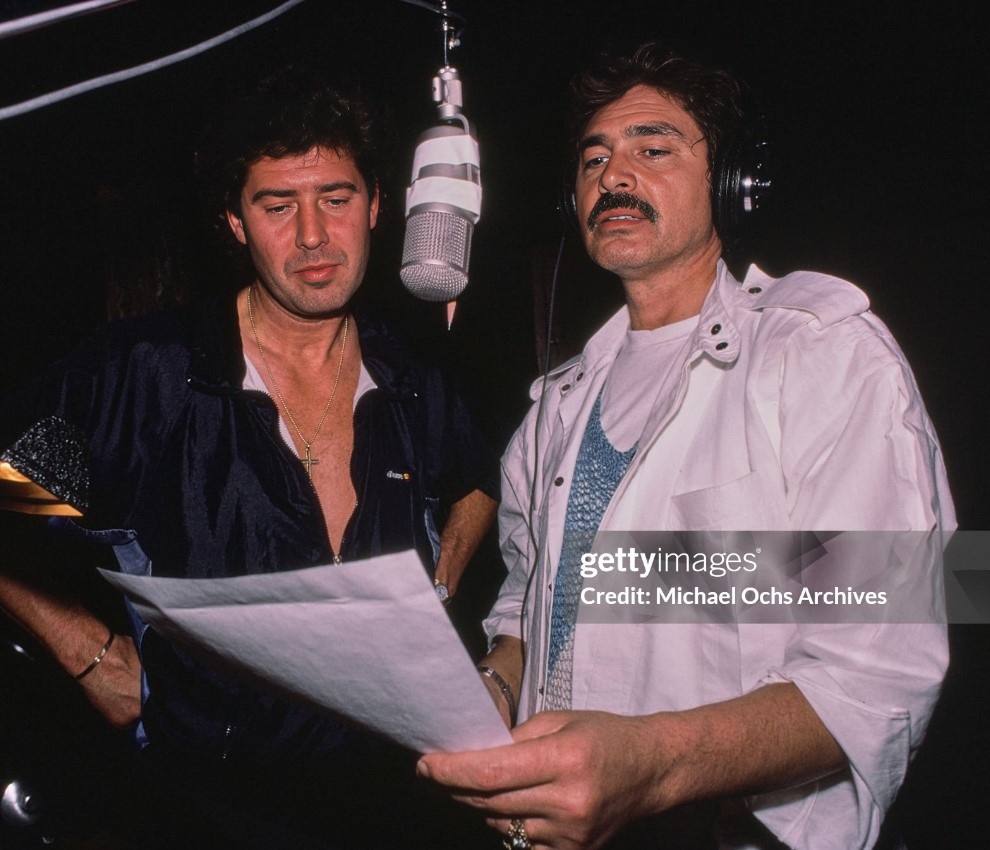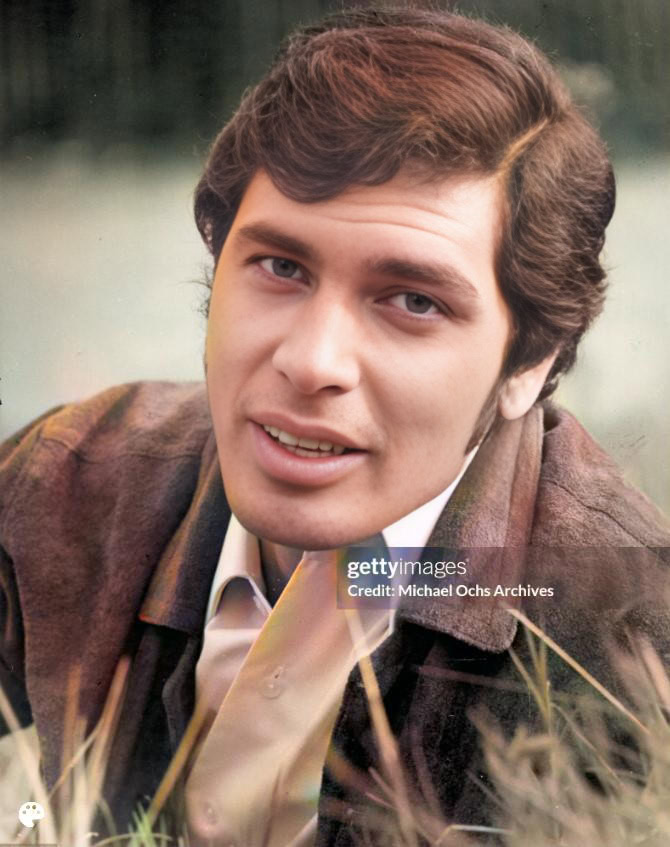
Engelbert Humperdinck, the stage name of Arnold George Dorsey, is a British pop singer known for his romantic ballads and charismatic stage presence. With a career spanning over five decades, Humperdinck rose to international fame in the late 1960s, becoming a major rival to Elvis Presley and Tom Jones. His distinctive baritone voice and penchant for emotive delivery have earned him legions of fans worldwide. He has achieved significant success on music charts, scoring numerous top 10 hits in both the UK and the US. He has also earned multiple Grammy nominations and a star on the Hollywood Walk of Fame, solidifying his place as a music icon.
One of Humperdinck’s most beloved and enduring hits is “The Last Waltz.” Released in 1967, the song quickly ascended the charts, reaching number one in the UK and achieving international recognition. “The Last Waltz” is a poignant ballad that tells the story of a final dance between two lovers, hinting at an impending separation or the end of a relationship. The lyrics evoke a sense of melancholy and nostalgia, capturing the bittersweet emotions associated with cherished memories and fleeting moments.
The song’s success isn’t just in its chart performance; it resonates deeply with audiences on an emotional level. Many listeners have interpreted the song as a reflection on lost love, the passage of time, and the bittersweet nature of human relationships. Its enduring popularity speaks to its universal appeal and the ability of music to connect with listeners on a profound and personal level. Fans often comment on the song’s timeless quality, noting how it continues to evoke strong emotions even decades after its initial release. Its simple yet evocative melody and Humperdinck’s heartfelt delivery contribute to its lasting legacy as a classic ballad.
